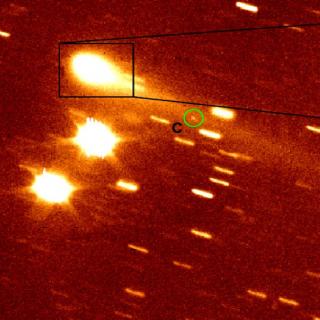Astronomy and Astrophysics
Aims: We aim to study the diversity of physical properties among the Themis, Hygiea, Ursula, Veritas, and Lixiaohua families.
Methods: We present new spectroscopic data, combined with a comprehensive analysis using a variety of data available in the literature, such as albedo and rotational properties.
Results: Our results show that Themis and Hygiea families, the largest families in the region, present similar levels of hydration. Ursula and Lixiaohua families are redder in comparison to the others and present no sign of hydrated members based on the analysis of visible spectra. Conversely, Veritas presents the highest fraction of hydrated members.
Conclusions: This work demonstrates a diverse scenario in terms of the physical properties of primitive outer-belt families, which could be associated with dynamical mixing of asteroid populations and the level of differentiation of the parental body.

This project studies the physical and compositional properties of the so-called minor bodies of the Solar System, that includes asteroids, icy objects, and comets. Of special interest are the trans-neptunian objects (TNOs), including those considered the most distant objects detected so far (Extreme-TNOs or ETNOs); the comets and the comet-asteroid